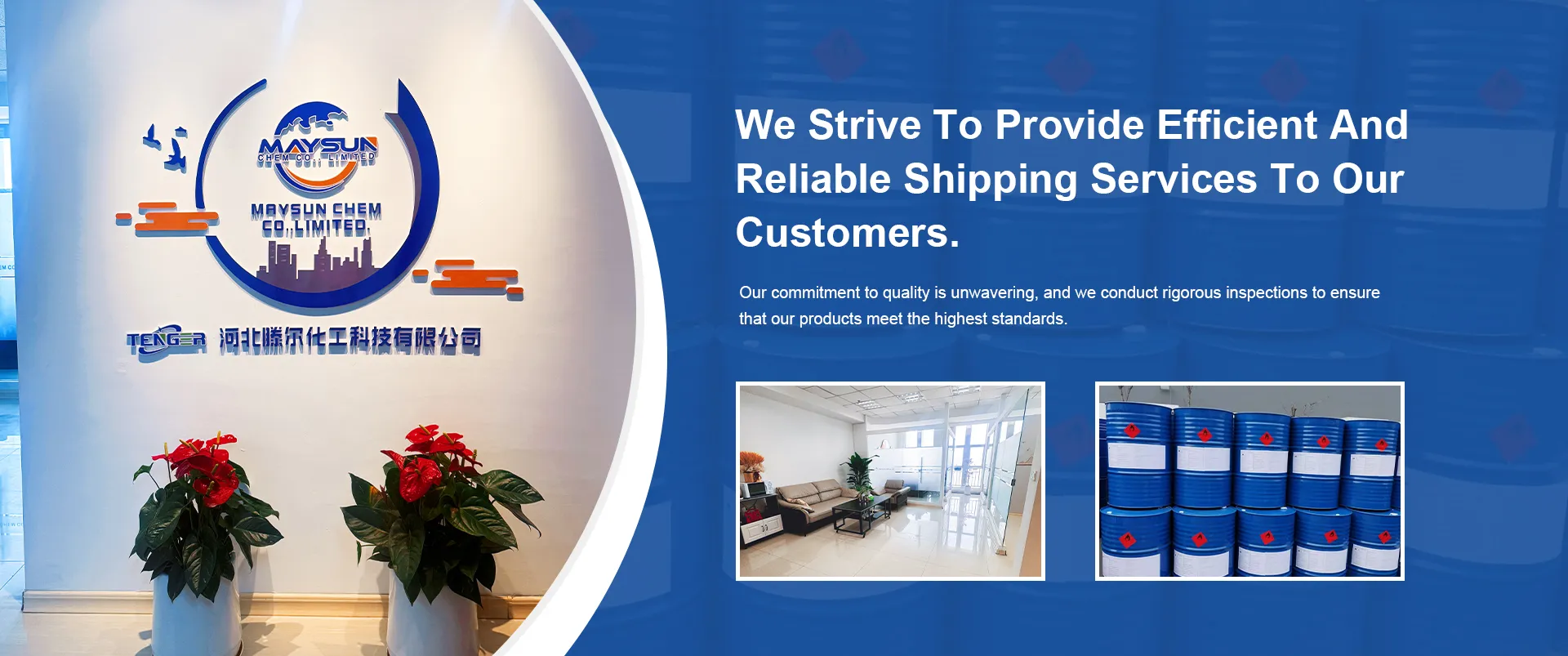
glacial acetic acid
Glacial Acetic Acid An Overview
Glacial acetic acid is a colorless, hygroscopic liquid with a sharp, pungent smell. It is a highly concentrated form of acetic acid (CH₃COOH), containing approximately 99% acetic acid and is regarded as one of the key organic chemicals in the chemical industry. Its name glacial comes from its ability to solidify into ice-like crystals at temperatures below 16.6°C (62°F).
Chemical Properties
With a molecular weight of 60.05 g/mol, glacial acetic acid is a carboxylic acid characterized by its acidic properties. It has a boiling point of 118°C (244°F) and a melting point of 16.6°C. As a pure substance, it can act as both a weak acid and a solute, making it highly versatile in various applications. Besides being miscible with water, glacial acetic acid also exhibits solubility in many organic solvents, contributing to its popularity in chemical synthesis.
Industrial Applications
Glacial acetic acid is widely used in the production of various chemicals. One of its primary applications is in the manufacture of acetate esters, which are derived from alcohol and used in the production of solvents, plastics, and synthetic fibers. Additionally, it is employed to produce acetic anhydride, a reagent for the synthesis of various compounds such as cellulose acetate and aspirin.
Moreover, glacial acetic acid is crucial in the food industry. As a food preservative, it helps inhibit the growth of bacteria and molds, thus extending shelf life. It is commonly found in vinegar, which is a diluted form of acetic acid and used in salads, marinades, and as a flavoring agent.
glacial acetic acid

Laboratory Uses
In the laboratory, glacial acetic acid serves as both a solvent and a reagent. It is often utilized in various titration processes, synthesis of chemical compounds, and in the preparation of buffer solutions. Its stability and reactive properties make it an essential tool for chemists and researchers.
Safety and Handling
Despite its widespread industrial use, glacial acetic acid is a hazardous substance. It can cause severe burns upon contact with skin or eyes and can lead to respiratory issues if inhaled. Therefore, proper safety measures are essential when handling it. Personal protective equipment such as gloves, goggles, and respirators is crucial to minimize exposure risks.
Conclusion
Glacial acetic acid holds a significant position in both industrial and laboratory settings. Its various applications span from the production of chemical intermediates to food preservation and laboratory synthesis. Understanding its properties and safe handling practices is vital for anyone working with this important chemical. As industries continue to innovate, glacial acetic acid remains a fundamental component of chemical processes across diverse sectors.
-
Aluminum Hydroxide: Quality Gels & Dried Gel AntacidNewsAug.31,2025
-
Buy High-Quality Trichloroisocyanuric Acid for Sale | TCCA 90% SupplierNewsAug.30,2025
-
Pure Sodium Dichloroisocyanurate Dihydrate | Powerful DisinfectantNewsAug.29,2025
-
Industrial Chemicals: Quality & Purity for Every IndustryNewsAug.28,2025
-
Nitrile Rubber Honoring Strict Production StandardsNewsAug.22,2025
-
Aspartame Ingredients Honoring Food Safety ValuesNewsAug.22,2025
-
Fertilizer for Balanced Plant NutritionNewsAug.22,2025
Hebei Tenger Chemical Technology Co., Ltd. focuses on the chemical industry and is committed to the export service of chemical raw materials.
-

view more DiethanolisopropanolamineIn the ever-growing field of chemical solutions, diethanolisopropanolamine (DEIPA) stands out as a versatile and important compound. Due to its unique chemical structure and properties, DEIPA is of interest to various industries including construction, personal care, and agriculture. -

view more TriisopropanolamineTriisopropanolamine (TIPA) alkanol amine substance, is a kind of alcohol amine compound with amino and alcohol hydroxyl, and because of its molecules contains both amino and hydroxyl. -

view more Tetramethyl Thiuram DisulfideTetramethyl thiuram disulfide, also known as TMTD, is a white to light-yellow powder with a distinct sulfur-like odor. It is soluble in organic solvents such as benzene, acetone, and ethyl acetate, making it highly versatile for use in different formulations. TMTD is known for its excellent vulcanization acceleration properties, which makes it a key ingredient in the production of rubber products. Additionally, it acts as an effective fungicide and bactericide, making it valuable in agricultural applications. Its high purity and stability ensure consistent performance, making it a preferred choice for manufacturers across various industries.





